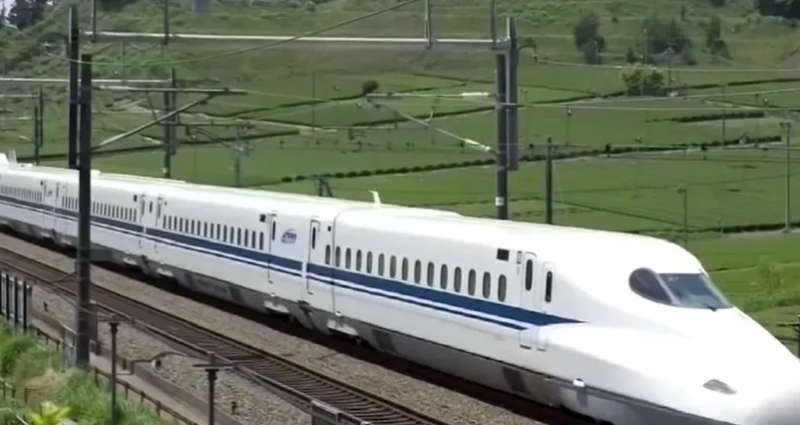
As the Texas population grows, transportation leaders are looking at the role high speed rail could play in the state's infrastructure. Amtrak has supported a public-private partnership to run trans from Dallas to Houston in 90 minutes.
Amtrak says a high speed rail line could take 12,500 cars off I-45.
At a meeting Monday, the North Central Texas Council of Governments looked at options to connect Dallas and Fort Worth by high speed rail and also connect to a state-wide network.
"Our study would look to connect all these projects into a single system where they're not simply corridor-based, not just going from, say, Dallas to Houston or Fort Worth to Austin, but you're able to create a 'one-seat ride,'" says NCTCOG Transportation Planning Program Manager Brendon Wheeler.
Wheeler says NCTCOG would consider how a high speed rail network could take someone from Fort Worth to a stop in Dallas and then on to Houston without leaving the train. A line headed the other direction might take a traveler from Dallas to Fort Worth and then south along I-35 to Austin and San Antonio.
"High speed rail is completely grade separated," he says. "We don't have any at-grade crossings like you do with freight rail lines or commuter rail lines."
He says NCTCOG has looked at a "spaghetti of lines" between Fort Worth and Dallas. He says the project team focused on routes that would follow existing transportation corridors to minimize the number of homes or neighborhoods affected.
Wheeler says they considered 43 different routes and found a line following the median of I-30 was most efficient. He says the route would be elevated above the highway in Dallas and Grand Prairie then sink into a trench underneath the interchanges with President George Bush Turnpike and Highway 360.
He says the route could include a stop at Baird Farm to connect riders with Arlington's Entertainment District before becoming a subway for the rest of the line to a station in Downtown Fort Worth between Fort Worth Central and Texas A&M School of Law.
"If we don't plan for this corridor today, we're going to lose this corridor," Wheeler says. "Our intent is to advance it to create a seamless system."
He says the stop in Arlington could also include automated cars on a dedicated path to the TRE CentrePort station and then to DFW Airport.
NCTCOG says planning requires an environmental study and the identification of a company or organization like Amtrak or Texas Central to design and build the line. Wheeler says he would expect a "public-private partnership" would pay for the line. He says up to 90% of the route along I-30 is already on public land.
Wheeler says the line could also connect people to existing DART services at Union Station and Trinity Metro services at Fort Worth Central.
"It's intended to bring our existing and planned transit systems around the region into a single point to create better access," Wheeler says.
He says planning and engineering would likely last at least into 2027 with construction to follow.
LISTEN on the Audacy App
Tell your Smart Speaker to "PLAY 1080 KRLD"
Sign Up to receive our KRLD Insider Newsletter for more news
Follow us on Facebook | Twitter | Instagram | YouTube
